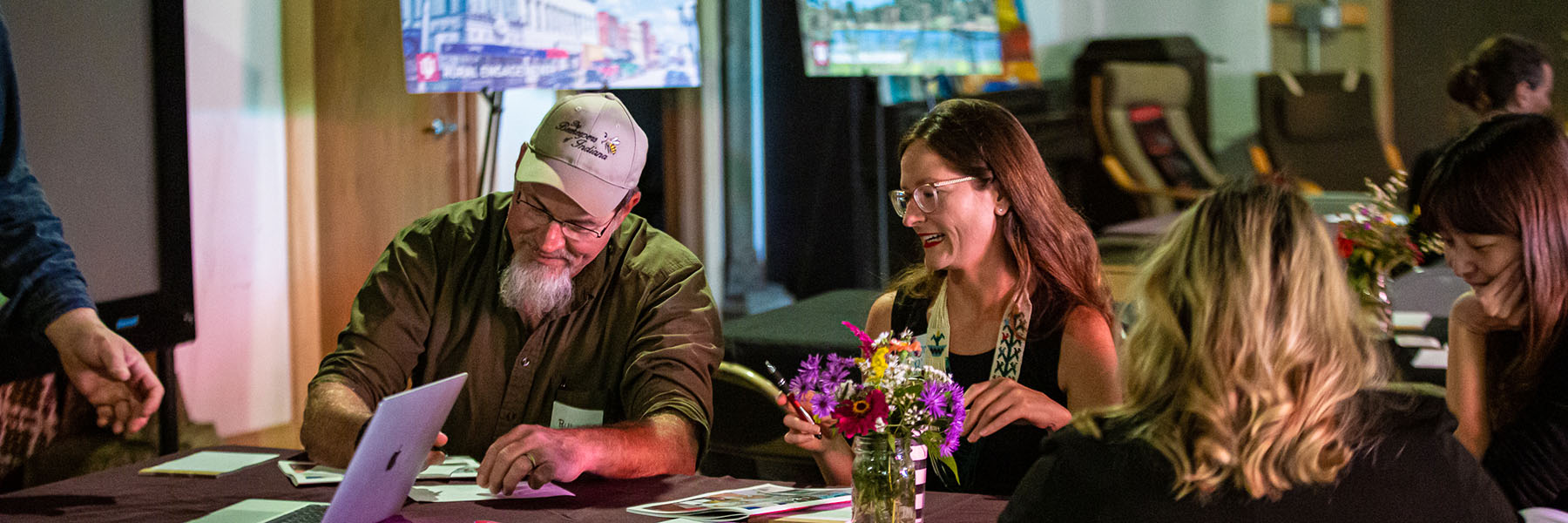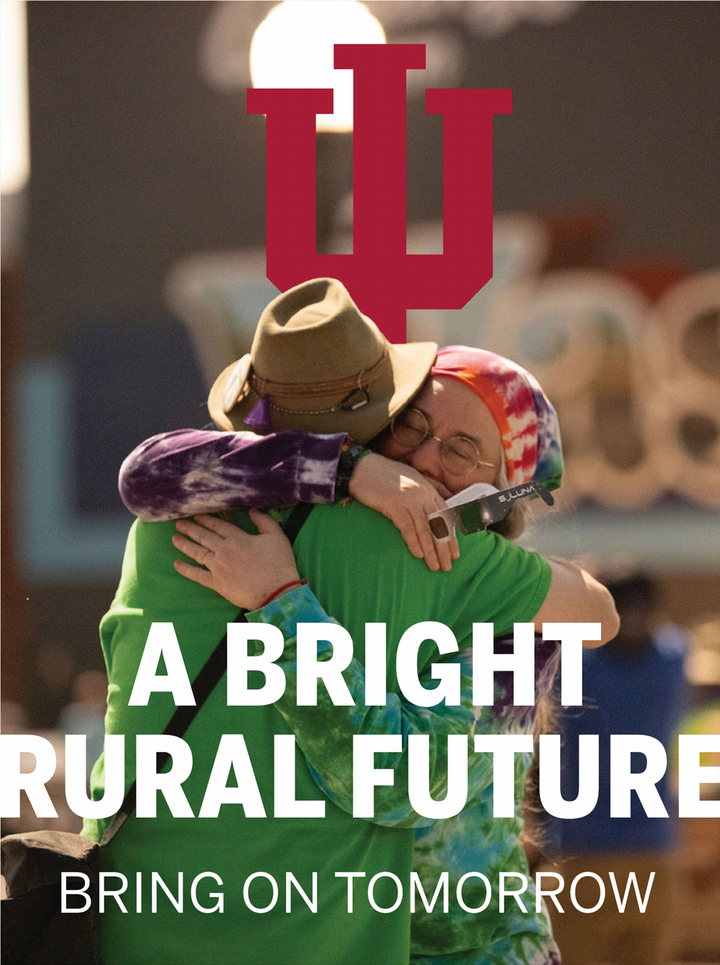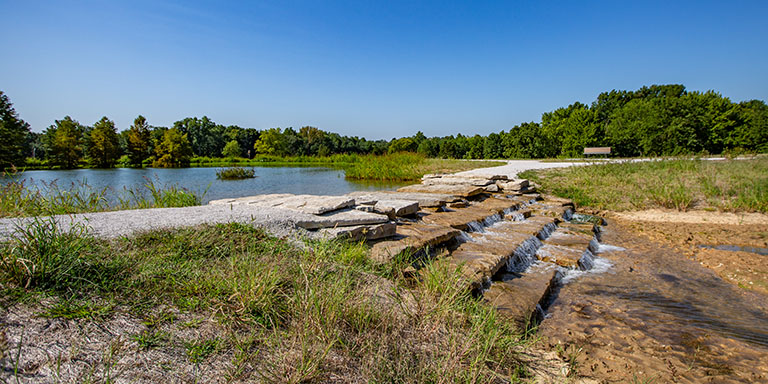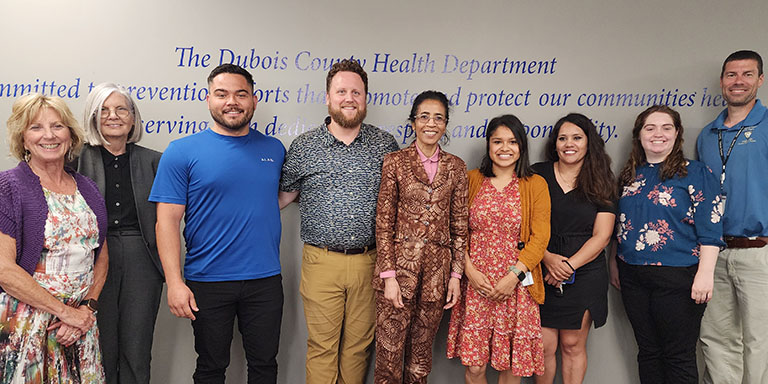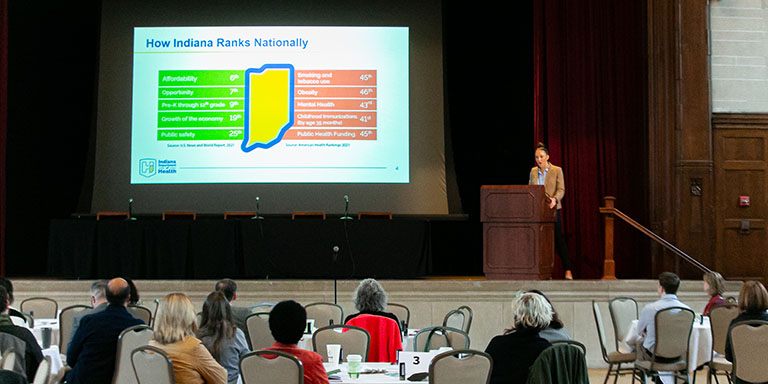Reimagining the relationship between universities and rural communities
Through innovative partnerships, we aim to empower rural voices, expand networks, address pressing challenges, and celebrate the unique culture and heritage of rural life. Together, we're advancing a more optimistic future for rural Indiana.


